
Chris Grayson
<<<<<<<<
Revellers in Listowel during a bygone Race Week
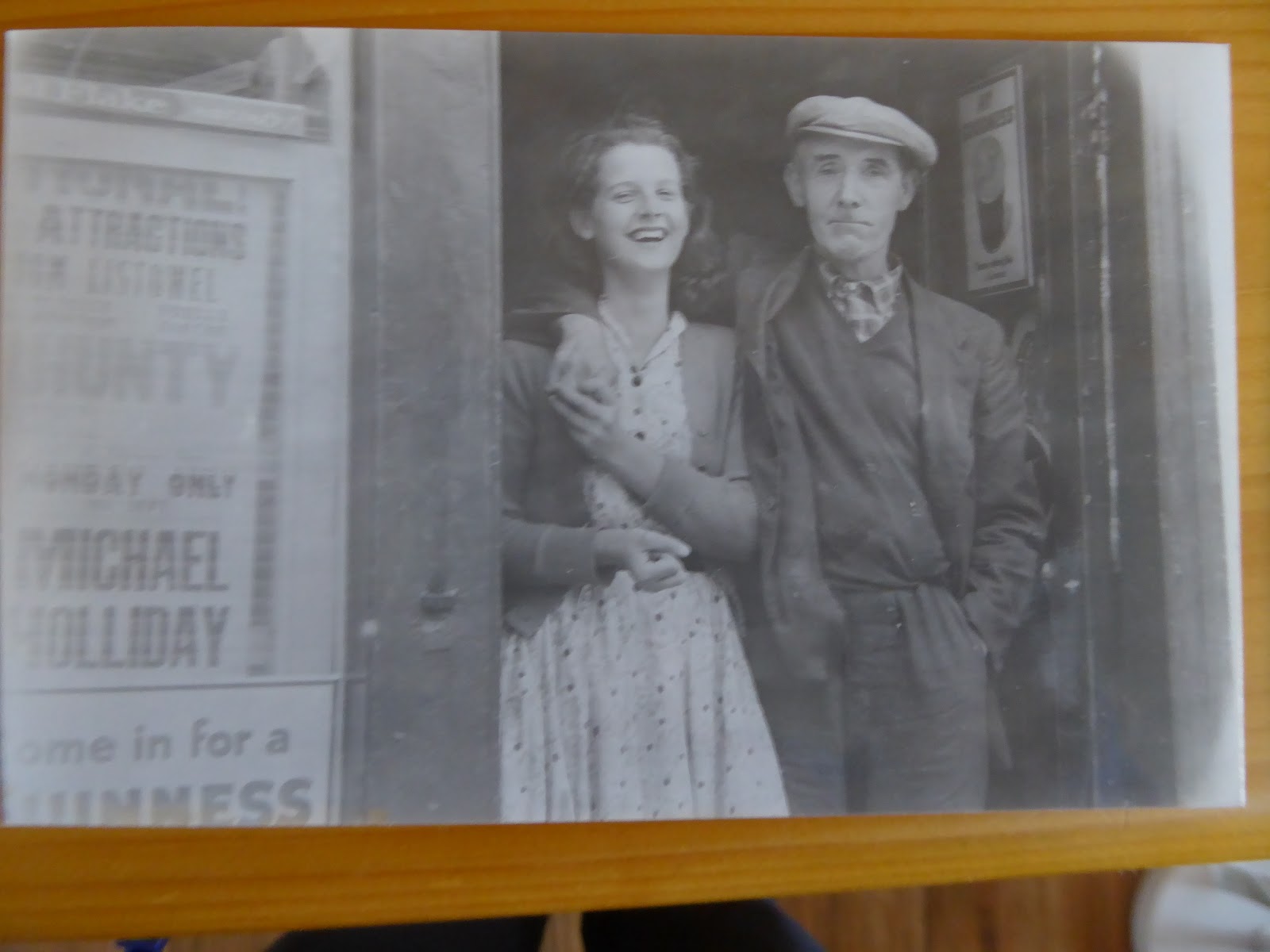
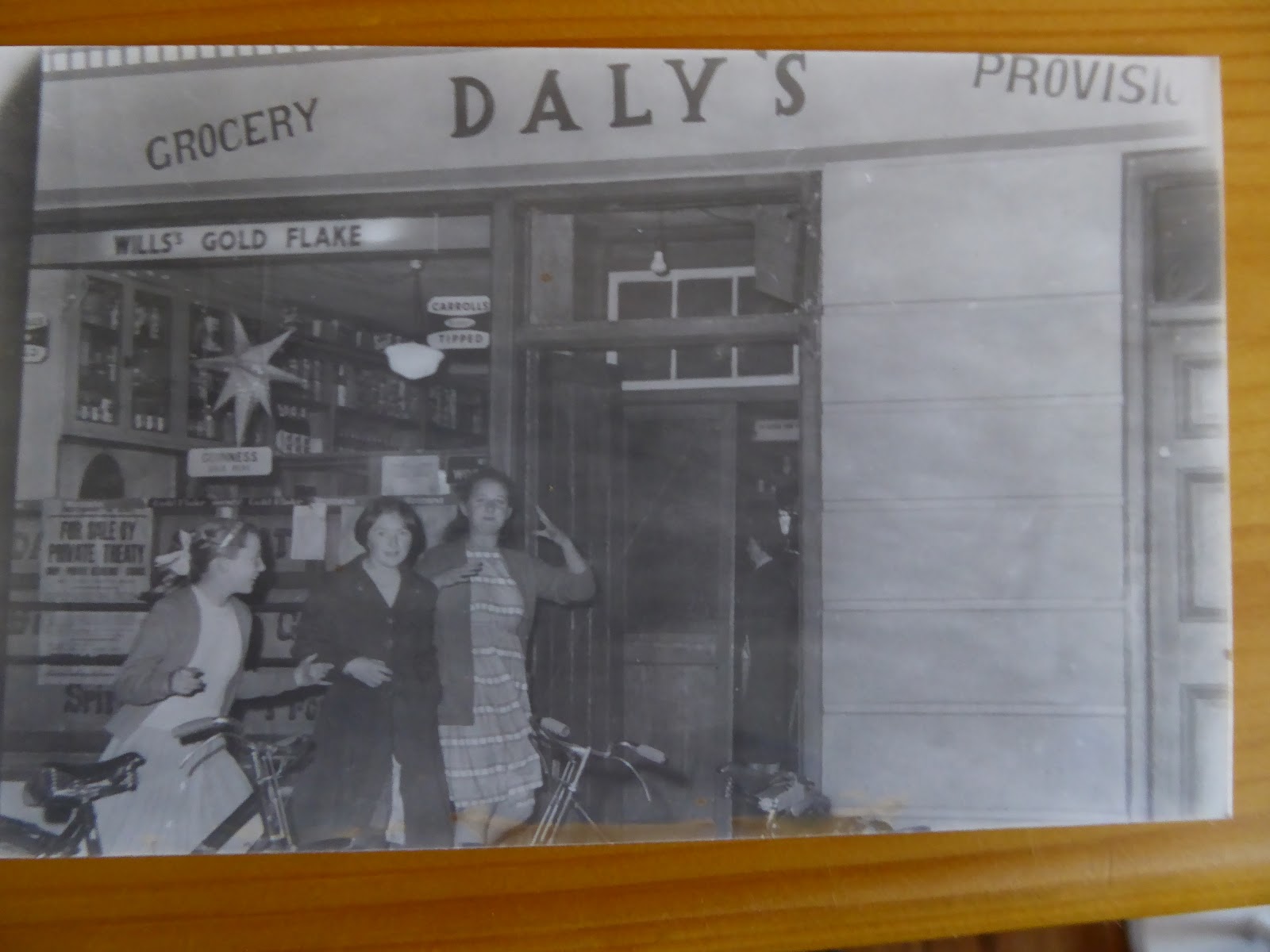
Daly’s was where The Risin’ Sun is now.
<<<<<<<<
Sentimental attachment to milk churns
Dear Mary,
To add to your milk tank stories, I am attaching a few pictures of milk tanks I brought back from Listowel years ago, painted green to match my front door, and they have travelled with me ever since to my homes in Virginia, Maryland, Arizona, North Carolina, and currently, South Carolina. Jack Scannall delivered milk to us at Skehenerin and always added a “supp” for the cat. As always, thanks for the Listowel Connection.
MAEVE MOLONEY KOCH, Columbia, South Carolina
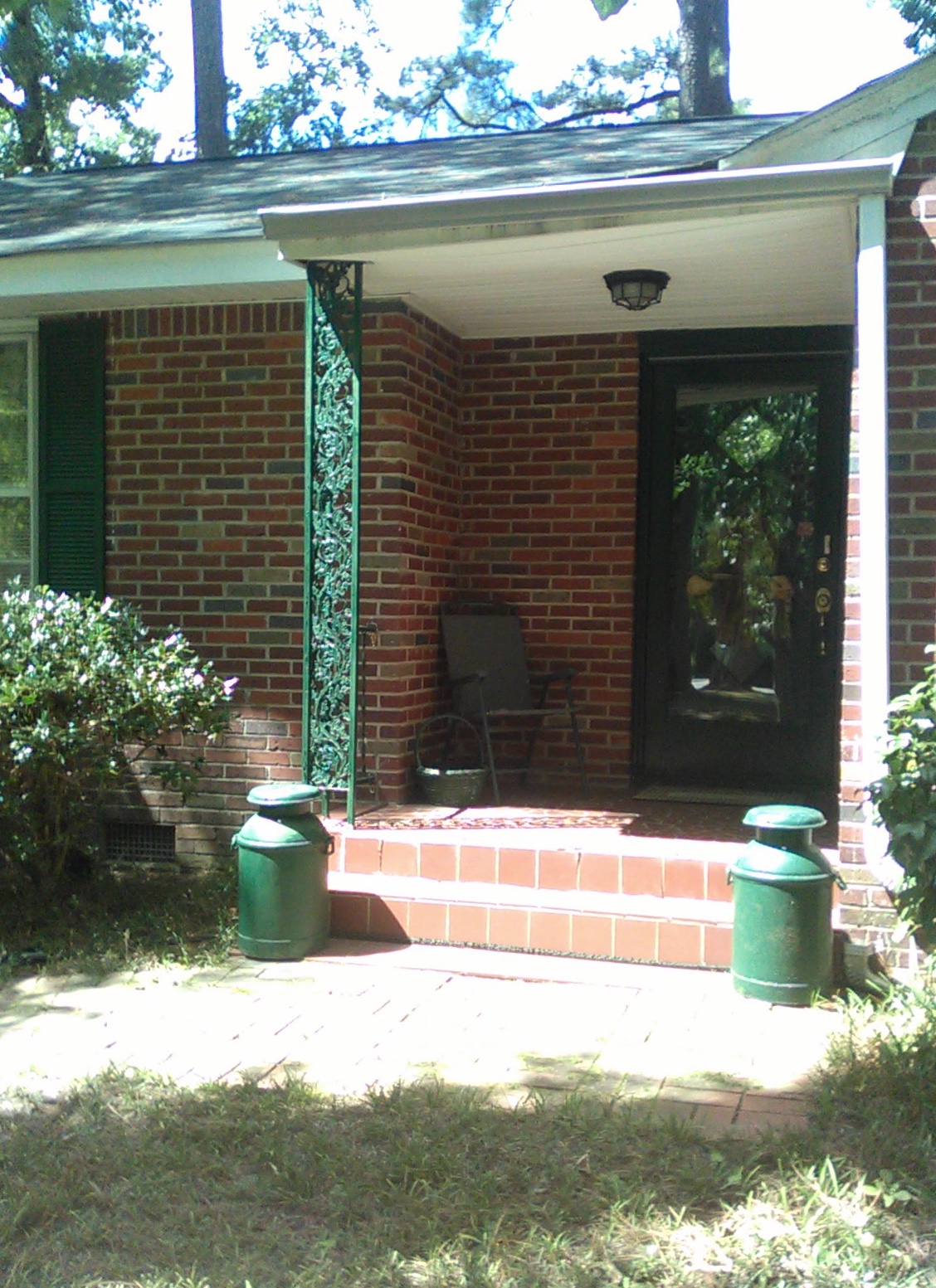
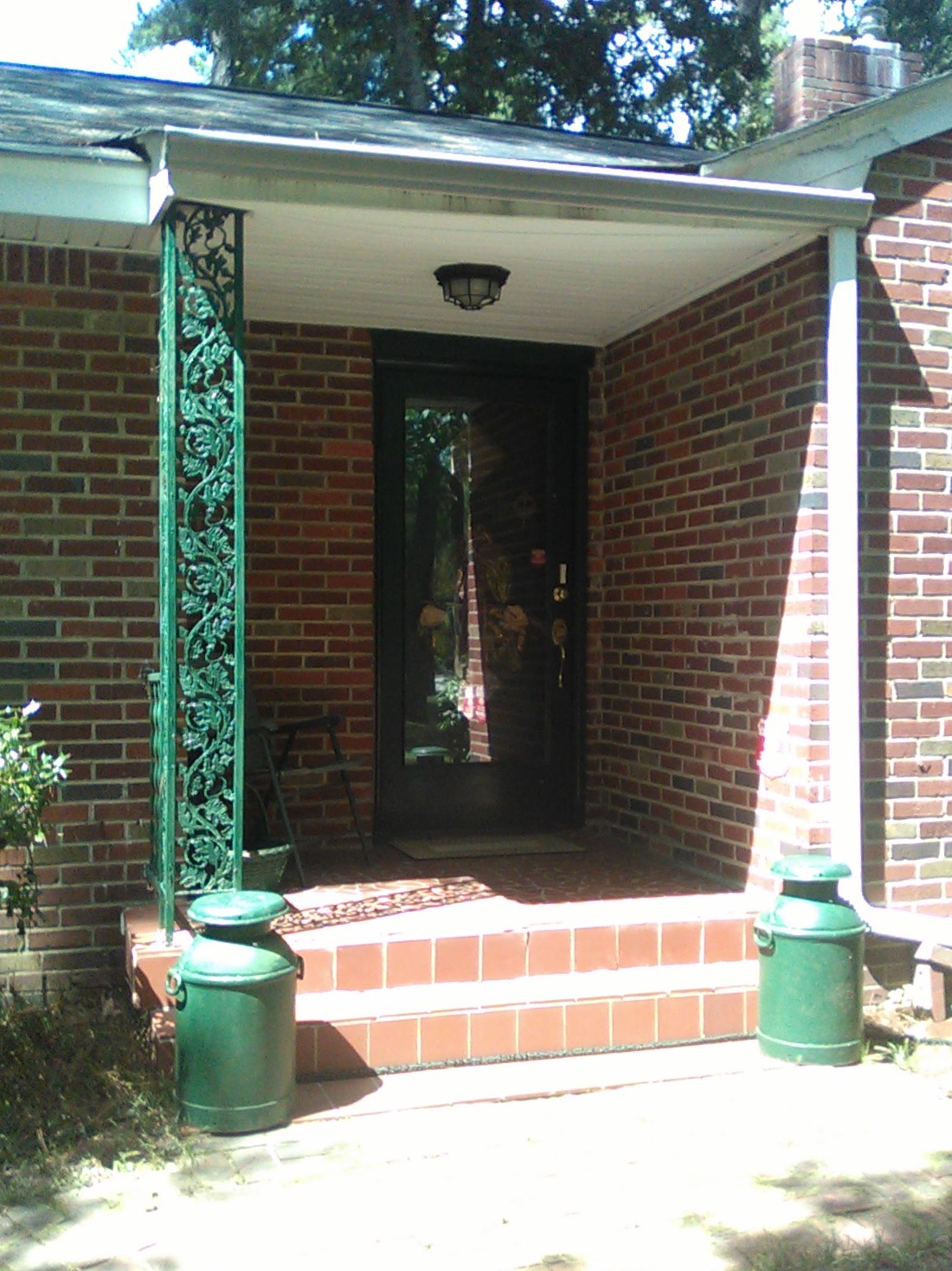
<<<<<<<
Memories, Memories
Whether it’s milk churns or pictures, so many things remind us of home.
Here is a letter I got from Bernie Bardsley
I would like to share a painting I did in 2004 of my mother, Hannah Theresa Bardsley (Grand daughter of Thade Gowran )and my son James Bardsley when he was a baby
He is a strapping 33 year old now
I haven’t painted in a while, but when I do I always sign it Barnaby, ( Another Story some other time, I hope your readers enjoy my painting, maybe inspiring me to paint again.
Bernadette Bardsley
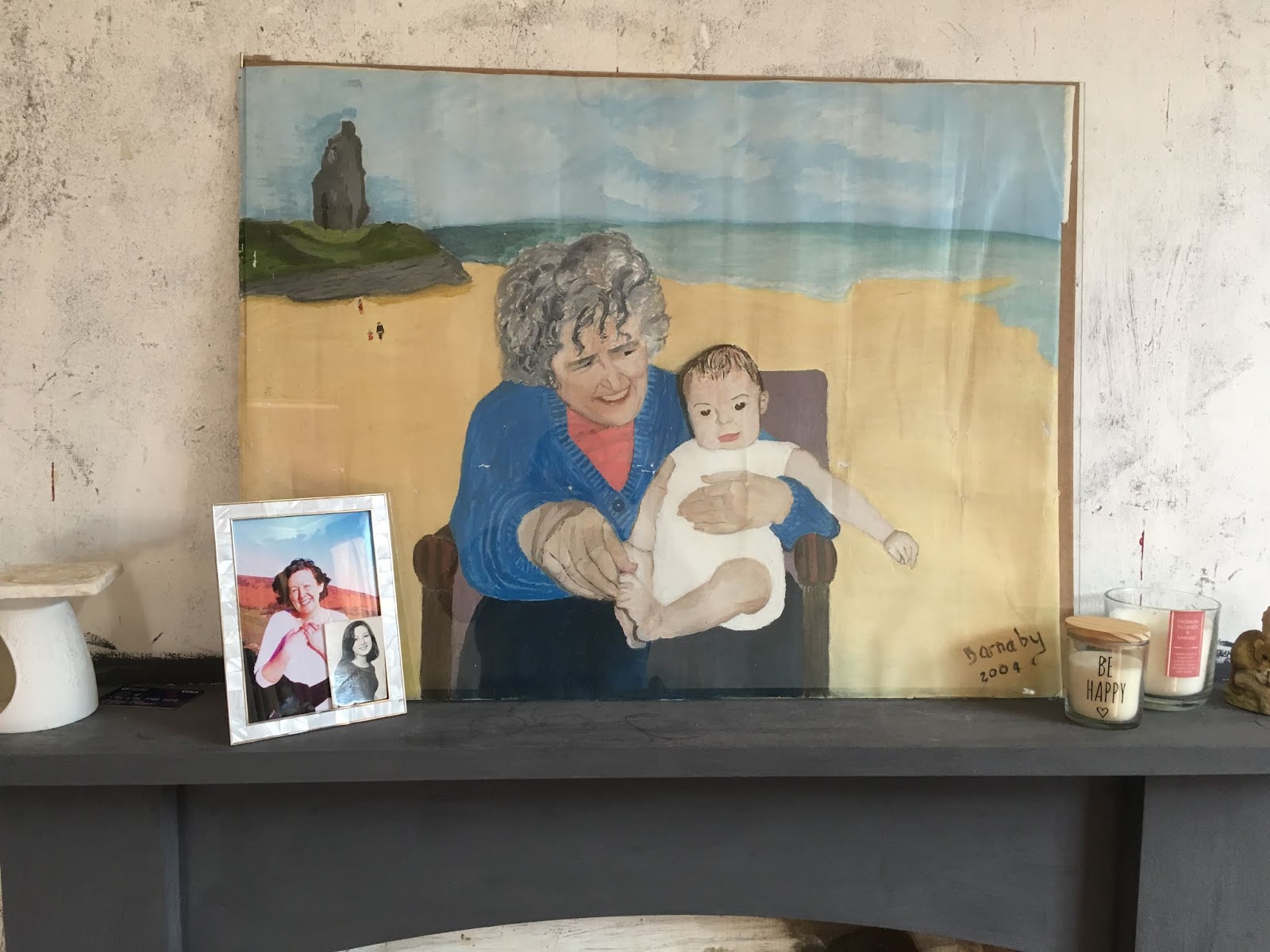
<<<<<<<<
Ballyduff and Ballincollig Friends at the Races on Sunday
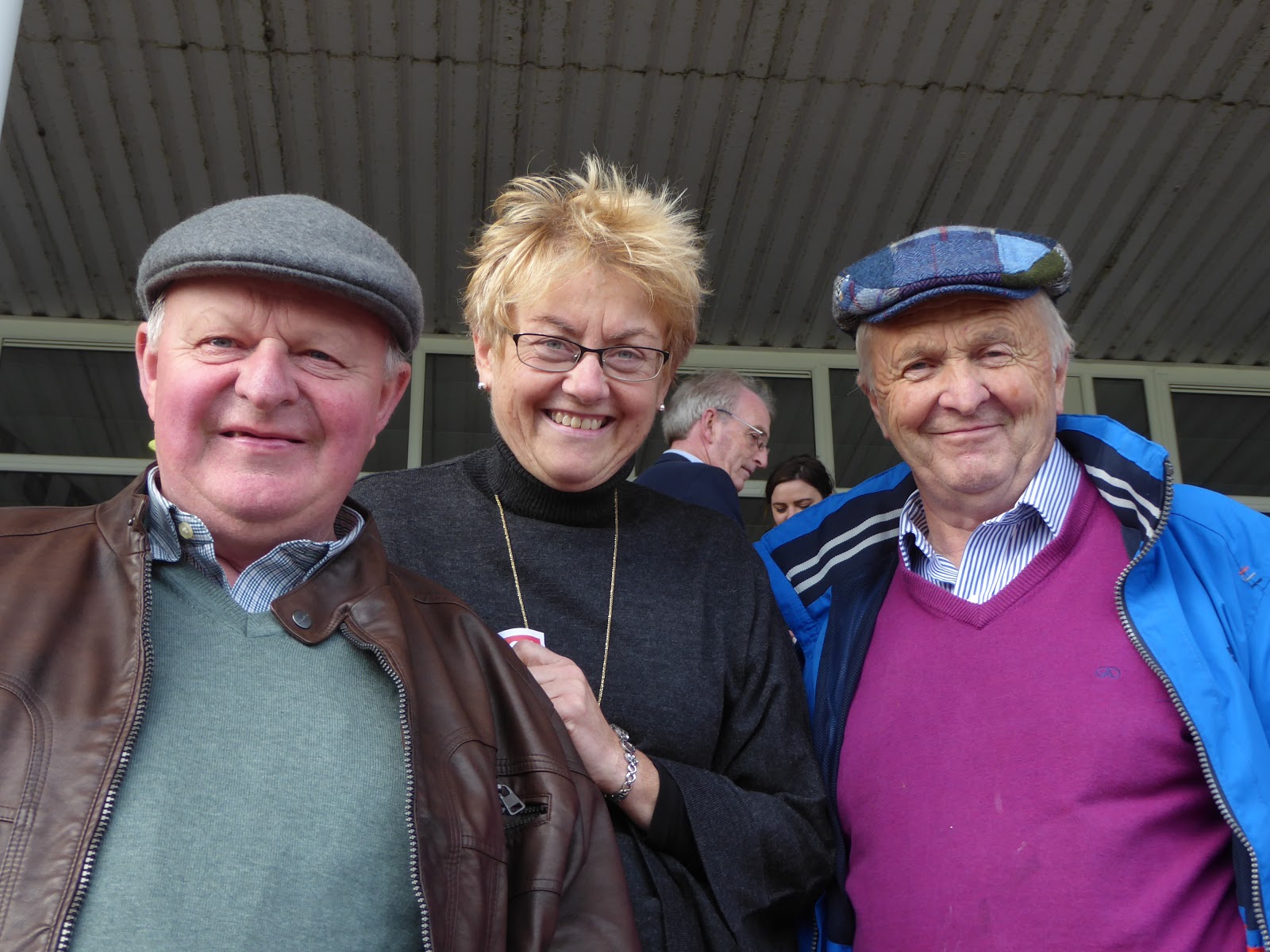
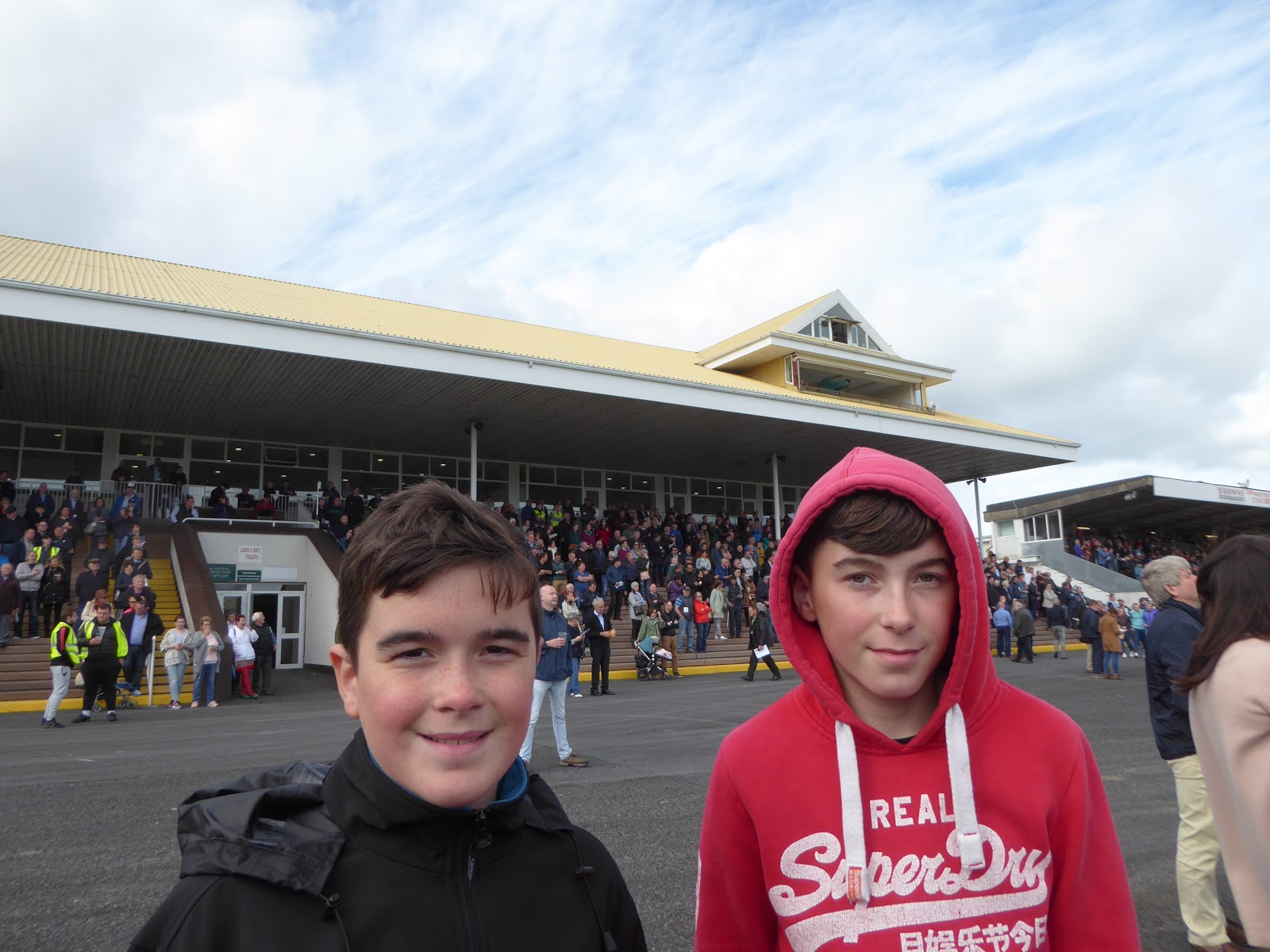
The weather was a bit cold and blustery but it’s great to be outdoors and in good company.
<<<<<<<<
Article in Image
In case you missed this great essay about Listowel Races in
The essay was written by one of our own with insider knowledge, Eadaein O’Connell.
Galway may have the hype, but the Listowel Races has the heart
Don’t be surprised if you hear a Listowel expat say they would rather come home for the week of the races than for Christmas. As a child, my parents would take me to the market—otherwise known as the amusements—during the festival, and on the drive home I would turn to look at the outline of the town behind me as we drove away. All I could see was the sparkle of the funfair rides and I’d think to myself “wow, it can’t get any better than this”. Side note: years later I discovered alcohol and the races became a whole different level of awe-inspiring.
For one solemn week in September, the town of Listowel illuminates. The land of John B. Keane becomes flooded with the racing elite, and Gypsy Kathleen parks up in The Square to tell fortunes to the unfortunate as punters try to grapple with lost money and dreams. A week on the racecourse, or ‘The Island’ as the locals call it, can ruin a person in the best possible way. They travel in spades from far-flung places like Tarbert to get a taste of the equestrian dream. In its 160thyear, the Listowel Races is a pure horse racing adrenaline rush. It was my childhood, my teenage years and now my adult chapters. There is a magic in the town that you won’t find anywhere else. Galway may have the hype, but Listowel has the heart.
As a native, I know the tips and tricks to survive the week. You’ll need feeding because the days are long and treacherous and the walk to the Island is a marathon in itself. Be sure to eat your first meal before midday. The Grape and Grain on Church street is like being wrapped up in a warm hug. You’re always sure to be welcomed with a smile and banter from its patrons Martina and Pauchie. Martina makes all her food with a dash of tender love and care and Pauchie is the man to go to for a tip for a horse. The Horseshoe Bar and Restaurant and Eabha Jones are two delicious and warm choices post races and if you are feeling Italian inclined, make your way to Casa Mia’s and order the Chicken Milanese. This is so much of a Listowel delicacy you’d swear we invented it.
Before you descend onto ‘The Island’, saying a prayer for the sins you may commit during the week is a respectable choice. The Church is placed alongside the castle entrance so you are in particular luck. The racecourse is the holy land. No negativity will touch you there. Even though you may be considerably poorer by the end of the day, you will quickly find yourself in the middle of a bad episode of Strictly Come Dancing in Captain Christy’s stand and all will be forgotten. The McElligots Honda Ladies Day is always a winner and this year the best-dressed lady will walk away with a new Honda Civic and €3000. The festivities on the course last into the early hours, so stay for as long as your liver allows.
And on your way out, never forget to buy two Toblerones for a fiver.
Navigate the pubs of Listowel with absolute precision. Start the day in Mike the Pies at the top of the town. A Joe Dolan impersonator makes an appearance each year, and is so good he could transport you back to Mullingar. Then make your way to John B. Keane’s for the history and a chat with his son Billy. My family and I have forced a singing session here many times, so if you feel a sudden urge to warble your way through ‘Caledonia’ or ‘Lovely Listowel’ do not fight it. I’m sure Billy won’t mind.
Then to Jet Carroll’s which is the pub equivalent of Cheltenham. Here you will be offered one of three things; a horse, marriage or a farm in Ballylongford. Finally, Christy’s pub in the square is a place where many romances have started and subsequently failed. There are guaranteed laughs, live music and a barbeque. If you happen to lose a loved companion on your travels, check the back of Christy’s. It’s common to overhear, “You’ve lost your friend? Have you checked Christy’s?” The friend is usually exhumed from the smoking area after trying to romance a lovely girl from Limerick. At the end of the night, you have two choices; The Listowel Arms Hotel to witness the population of the town in action, or Mermaids Nightclub if you’re feeling brave.
Listowel chippers are like an apparition at the end of the night. Mama Mia’s has the best chips in Munster and the chicken and coleslaw in Jumbo’s are Michelin star worthy. My advice is to choose both. You will make friends for life, find romance or an afterparty in both restaurants. And as they say, you only live once.
You see, Listowel is the town that raised us and the races will forever run through the veins of its locals. We will always return. And I promise if you make the trip, you will never want it to end. Because you will find yourself sitting in the town square, missing your shoes, with a fistful of Mama Mia’s chips in one hand and a Jumbos’s chicken breast in the other, and you’ll think to yourself, “wow, it can’t get any better than this”.









